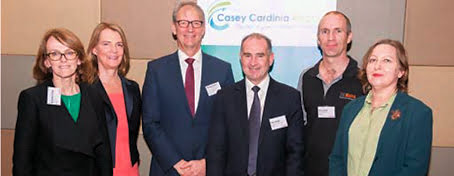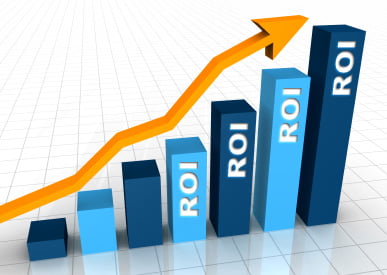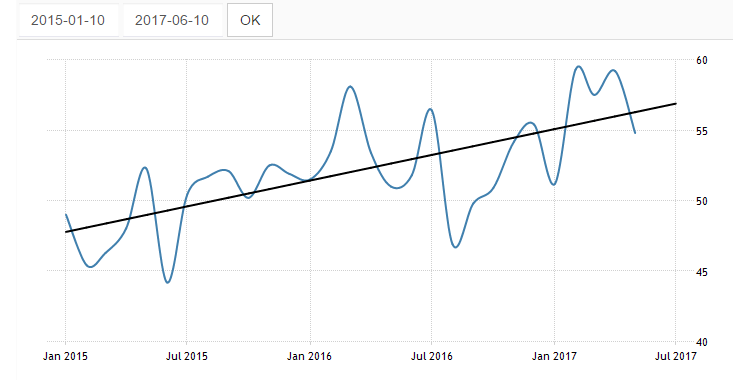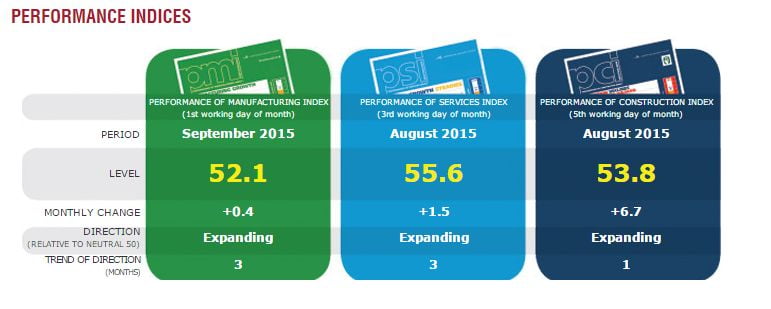CEDA Manufacturing Symposium 2016
The Casey Cardinia Region was a major sponsor of this particular symposium, also know as the Manufacturing and Future Industries Forum, and so this meeting included some region specific statistics. So here they are:
- Casey Cardinia Region is headed for 650,000 people over the next 20 years
- Manufacturing accounts for more than 50% of GDP in Melbourne’s south East
- 100 families a week move into the Casey Cardinia Region
- 135 babies a week a born – hence Monash health referring to it as nappy valley 🙂
- 70% of resident workers have to travel outside the region for work

Casey Cardinia Region
Australian Manufacturing History

Committee for Economic Development of Australia
Manufacturing GDP in Australia has halved since the 1980s. This is offset by the rise in finance, mining and health. Looking at recent history it grew slightly from 2000 to 2008 then slowly dropped back to the same level today and for the past 10 months has grown each month.
Manufacturing’s declining percentage of GDP is due to holding its output level while GDP grows.
Employment has been the biggest reduction at 18% decline or 200,000 jobs; mostly in Victoria and South Australia.
Food and beverage is the biggest category followed by machinery and equipment which includes automotive. Construction and building materials has held its own in the light of recent Senate enquiries into sub-standard and non-conforming product being imported. This has led to an advantage in quality confidence for local products showing it isn’t just about price. This has also been assisted by the rise in residential construction on the eastern and south eastern sea board.
Major issues and roadblocks
The listed issues for Australian manufacturers are:
- Access to finance
- Australia is a difficult place to do business
- Tax and regulation
- Australia ranks 21st for global manufacturing competitiveness
- Similar to other business rankings for Australia

Julie Toth AIG
Industry Policy
The Victorian Government has identified five sectors for policy support:
- Food and agribusiness
- Mining
- Oil, Gas and Energy
- Advanced manufacturing
- Medical and diagnostic devices
Discussion on Australia’s Future industries and employment options
The panel consisted of:
- Dr Cathy Foley, CSIRO, Clunies Ross award recipient 2015 (Australia’s Nobel prize)
- Michael Green, Victorian DEDJTR
- Julie Tooth, chief economist AIG
- Jennifer Conley, moderator

Dr Cathy Foley – CSIRO
Michael Green made the point that Advanced Manufacturing meant the value add must go beyond the quality and cost story to the customer. So not getting the attention of the chief purchasing office, but instead of the new product or strategic technology alliance executive.
Dr Cathy Foley explained that we underestimate the value of thinking globally. CSIRO has a national remit but recognises it needs to help businesses achieve international competitiveness. And now they can help sole traders get to a breakthrough technology and not just focus on big players. In one project Cathy used their superconducting technology to create a new magnetic field detector to improve exploration efficiency.

CSIRO
Julie Tooth was asked if we had squandered our energy advantage? She explained that we used to have a cost advantage but that has now gone. Renewable investment has also been unreliable due to frequent changes in policy at both federal and state levels. Other policy and trade agreement activity has also muddied rather than clarified future direction.

AIG – Australian Industry Group
Dr Cathy Foley explained that the exit of girls from STEM needs to be seriously addressed. And where there is take-up, what we aren’t seeing is progressing into leadership and management roles. With our growing Asian background and proximity to Asia not being taken advantage of. We need to be wary of creating a social divide between higher socio-economic areas where you get access to coding and technology skills and those living in lower income areas or rural and remote communities do not.
Can we make high technology devices here?
Michael Green stated that this needs investment in the infrastructure.
Dr Cathy Foley noted that researchers stop short of delivering a full solution – traditionally this has been the case but it is increasingly becoming obvious that that path from fundamental research to applied research to full manufacturing capability including process technology improvement.
Michael Green explained that new manufactured products will have digital products and artefacts alongside it.
Improving collaboration?
It isn’t just a case of university to business collaboration. A business needs to collaborate with a broad range of other businesses including their own customers. So it isn’t a simple issue. A supply chain needs multiple entities and it isn’t just a case of dealing directly with the end customer but also supporting all the intermediates so the whole ecosystem end to end.
The CSIRO lean start-up program is focusing researchers on creating product product opportunities and engaging with potential customers and making sure they really need it.
And although I can’t yet give you details yet, we are involved in the development of one of the lean start-up products.
Grow Magazine
The most recent edition of Grow Magazine, an initiative between the Start News Group and the City of Casey, covered the event as well. You can read about it in Successful Endeavours – Grow Magazine 20160705.

GROW Magazine
You can also read the entire magazine online at Rising to the Global Challenge.

CEDA – Rising To The Global Challenge
Successful Endeavours specialise in Electronics Design and Embedded Software Development. Ray Keefe has developed market leading electronics products in Australia for more than 30 years. This post is Copyright © 2016 Successful Endeavours Pty Ltd












